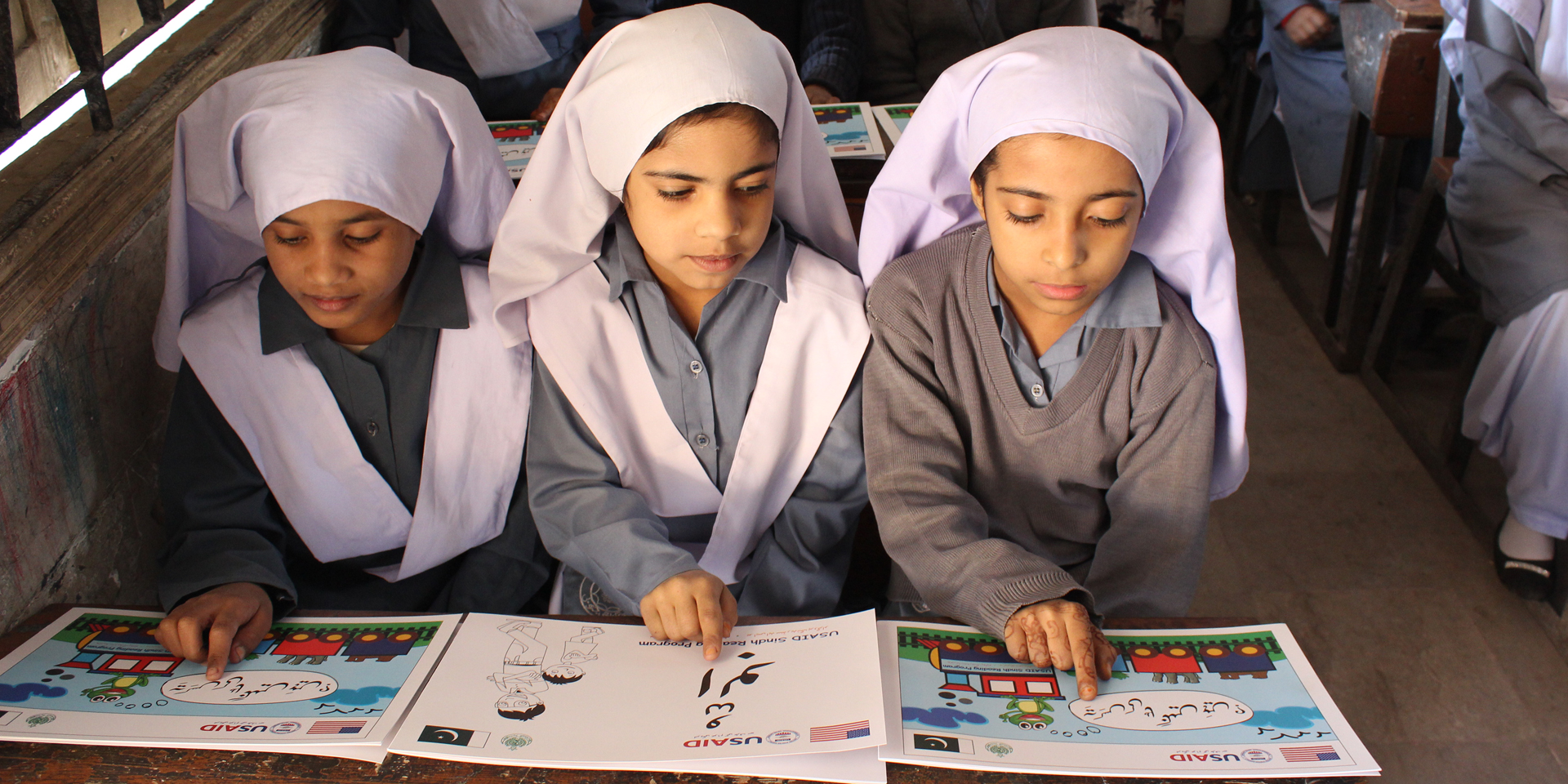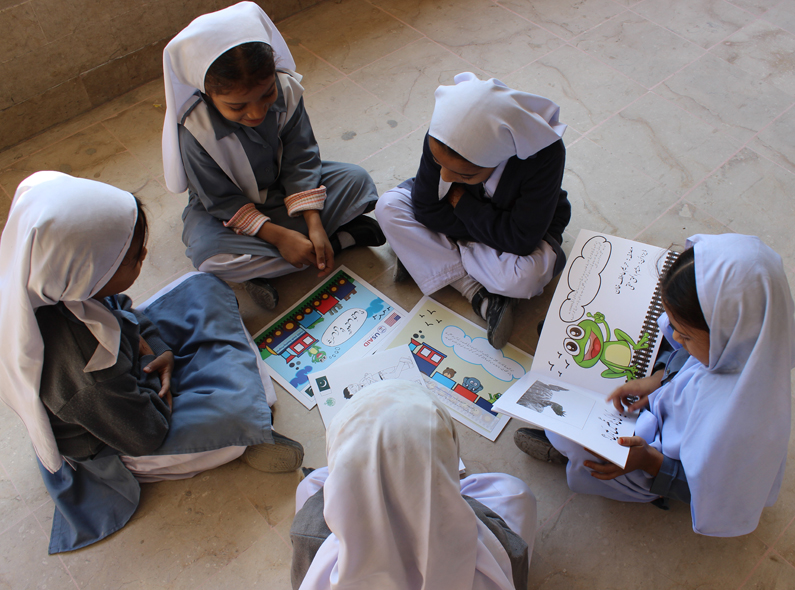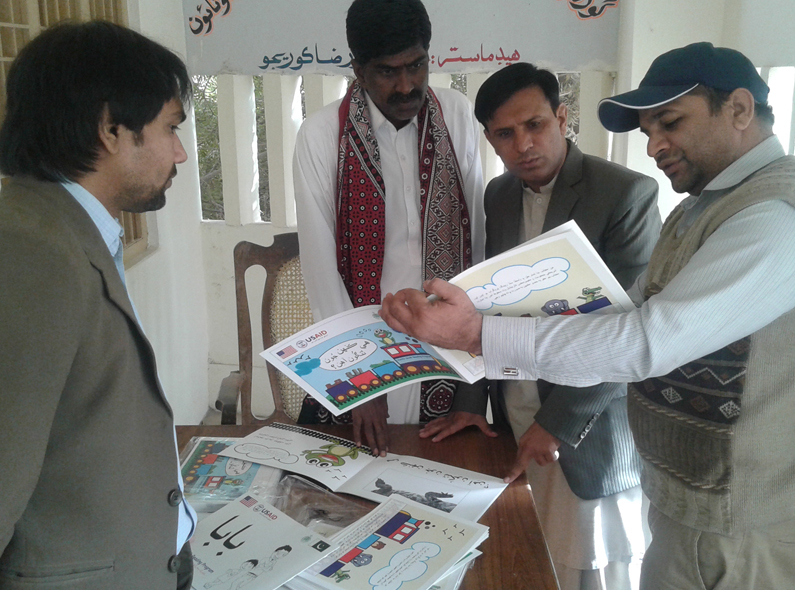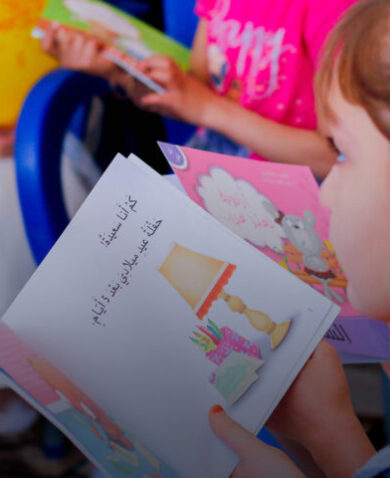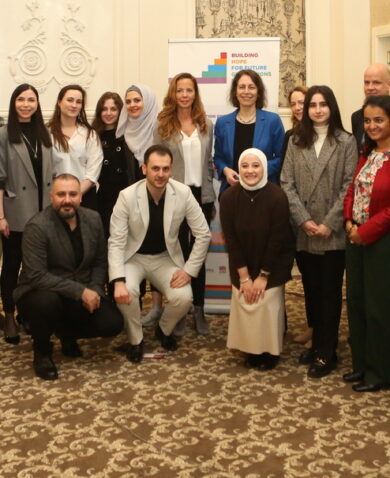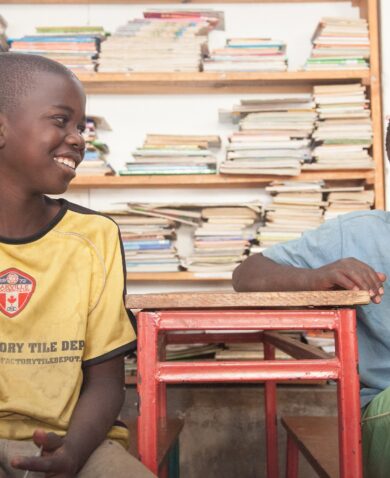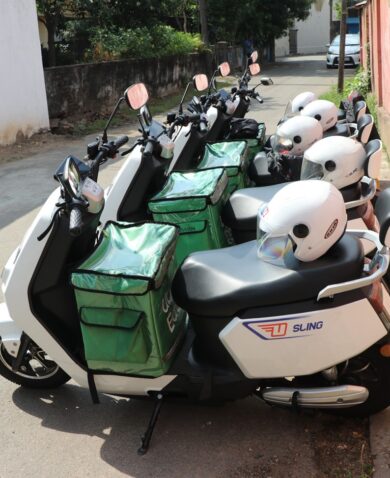But once approved, these materials aren’t just sent to classrooms around the province. Rather, they are accompanied by trained teaching and learning associates (TLAs), who go to classrooms and assist teachers as they adopt the new scripted lesson plans and teaching methods. All TLAs are trained through a multi-day session so they can support up to 10 schools and 20 teachers in grades 1 and 2.
In the short term, TLAs help by giving real-time feedback on actions as they happen in a classroom. In the long term, the hope is that with the temporary support of TLAs and the new lesson plans, teachers in Sindh will learn new skills that will help them continue to use this teaching model in the years to come. In time, TLAs will no longer be needed because the workforce of educators will already be applying these practices.
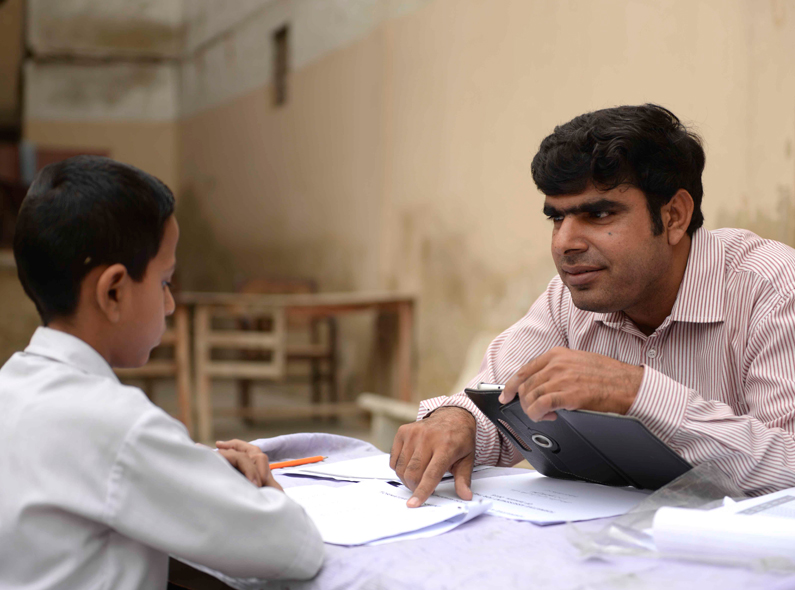
In addition to these activities around materials development and training, the Sindh Reading Program has recently embarked on an effort to integrate formative assessments into SRP-developed reading curricula across the target districts. Formative assessments serve as a way to analyze how effective instruction is in classrooms, gathering evidence to improve how students learn and how teachers educate.
These evaluations are administered via tablets and can identify gaps quickly among different tiers of students and provide key information to help adapt future instruction. A diagnostic assessment was completed at the end of 2015, and the first round of assessments was done in February 2016, followed by a second round in April 2016, and conducted every four to six weeks thereafter by the TLAs in given grades.
The assessments are designed to identify nonreaders and readers by testing a variety of skills, such as letter name recognition, reading fluency, and comprehension. In this way, formative assessments are a useful tool for gauging a wide range of student performance, a common trend in a setting like Sindh where children’s skills can vary so much, even in a single grade.

